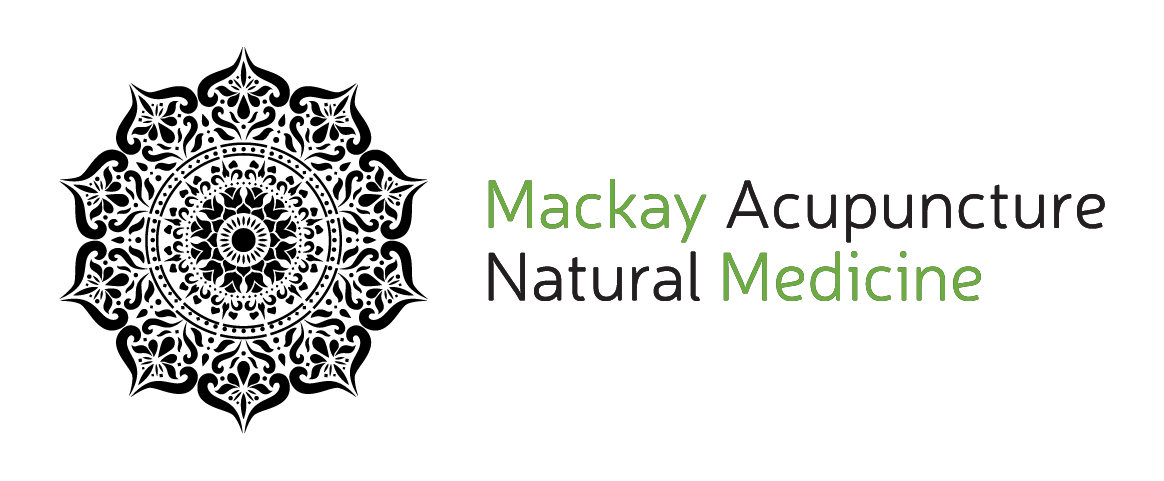Endometriosis is a chronic inflammatory disease that affects approximately 10% of reproductive-aged women. Traditional Chinese Medicine (TCM) is a holistic medical system that includes acupuncture and the use of Chinese herbs to treat endometriosis. This paper aims to provide a comprehensive review of the evidence-based research on acupuncture and Chinese herbs for the treatment of endometriosis.
Endometriosis is a common gynaecological disorder characterized by the presence of endometrial-like tissue outside of the uterus, typically in the pelvic region. Symptoms of endometriosis include pelvic pain, dysmenorrhea, dyspareunia, and infertility. Current treatments for endometriosis include hormonal therapy, surgical excision, and pain management. However, these treatments may have side effects, and recurrence of the disease is common. Traditional Chinese Medicine (TCM) offers a non-invasive, natural approach to the treatment of endometriosis, including acupuncture and the use of Chinese herbs.

Acupuncture for Endometriosis: Acupuncture is a form of TCM that involves the insertion of thin needles into specific points on the body to stimulate the flow of Qi (energy) and promote healing. A systematic review and meta-analysis of acupuncture for endometriosis found that acupuncture was associated with a significant reduction in pain and improvement in quality of life compared to no treatment or sham acupuncture (1). Another study found that acupuncture was effective in reducing dysmenorrhea and pelvic pain in women with endometriosis (2). Acupuncture may work by modulating the immune system and reducing inflammation in the pelvic region (3).
Chinese Herbs for Endometriosis: Chinese herbs are a fundamental component of TCM and are often prescribed in combination with acupuncture. A systematic review and meta-analysis of Chinese herbal medicine for endometriosis found that Chinese herbs were associated with a significant reduction in pain and improvement in quality of life compared to no treatment or placebo (4). Another study found that a Chinese herbal formula was effective in reducing the size and number of endometriotic lesions in rats (5). Chinese herbs may work by regulating hormone levels, reducing inflammation, and improving immune function (6).
Conclusion: Acupuncture and Chinese herbs are promising treatment options for women with endometriosis. Evidence-based research suggests that these modalities can reduce pain, improve quality of life, and possibly even reduce the size and number of endometriotic lesions. However, more rigorous studies are needed to determine the optimal acupuncture and herbal treatment protocols for endometriosis.
References:
- Smith CA, Armour M, Zhu X, Li X, Lu ZY, Song J. Acupuncture for dysmenorrhoea. Cochrane Database Syst Rev. 2016;(4):CD007854.
- Ozgoli G, Selselei EA, Nasiri M. Acupuncture in the treatment of dysmenorrhea. J Acupunct Meridian Stud. 2015;8(5):230-233.
- Wu J, Hu J, Zhang Q, et al. Acupuncture for pain management in endometriosis: a protocol for a systematic review and meta-analysis. BMJ Open. 2021;11(2):e041426.
- Chen L, Hu D, Lam W, et al. Chinese herbal medicine for endometriosis. Cochrane Database Syst Rev. 2009;(3):CD006568.
- Shuai Z, Shen YH, Wang JQ, et al. Effect of a Chinese herbal medicine formula (Gan Zao Yin) on rats with endometriosis. J Ethnopharmacol. 2016;192:382-388.

